OPINION — Planning a trip out west on Route 66 is a lot like leafing through the Sears/Roebuck catalog when I was a kid, looking forward to Christmas. The internet wasn’t even an idea yet, and Jeff Bezos was still in diapers, but that huge book brought the materialistic outside world into our home and gave me hope. I’d spend hours in the toy section picking out all the stuff I really wanted Santa to bring me, and then leave it on the kitchen table, open to the right pages. Unfortunately, when I was a kid, Santa was kind of a jerk who thought I needed socks more than another G.I. Joe.
When you’re limited to a week or so on 66, you have to prioritize, because there are so many great things to see and do along America’s Highway. Cadillac Ranch west of Amarillo. The Will Rogers Memorial Museum in Claremore, Oklahoma. The Wigwam Motel in Holbrook, Arizona. Various Route 66 museums here and there along the way. Not to mention the short stretch of rumble strip on the edge of the highway just outside of Tijeras, New Mexico that plays America the Beautiful if you drive on it going 35 mph.
One of the most popular 66 hotspots is at the intersection of North Kinsley Avenue and East Second Street in Winslow, Arizona, where Jackson Browne wasn’t standing when a girl in a flatbed Ford slowed down to take a gander at him. Everybody should go there at least three or seven times during their lifetime, just for the Americanaism of it.
But despite our love for Route 66, a lot of people still don’t seem to be aware of Williams, Arizona, about an hour west of Flagstaff. It’s not a big city, and it’s kind of out of the way since I-40 bypasses it, but if you detour through town on the old 66 route, well, history comes alive.
Williams has enjoyed a tourism boom just recently, due partly to Covid and partly to a Disney flick that came out almost 25 years ago. The fictional town of Radiator Springs in the Cars movie was modeled after three tiny towns along 66 – Seligman, Peach Springs, and Williams. All three were sleepy little desert towns when Cars was made in 2006, and Peach Springs is still hanging on by a thread, but Seligman, and especially Williams, have capitalized on an odd set of circumstances to revitalize themselves.
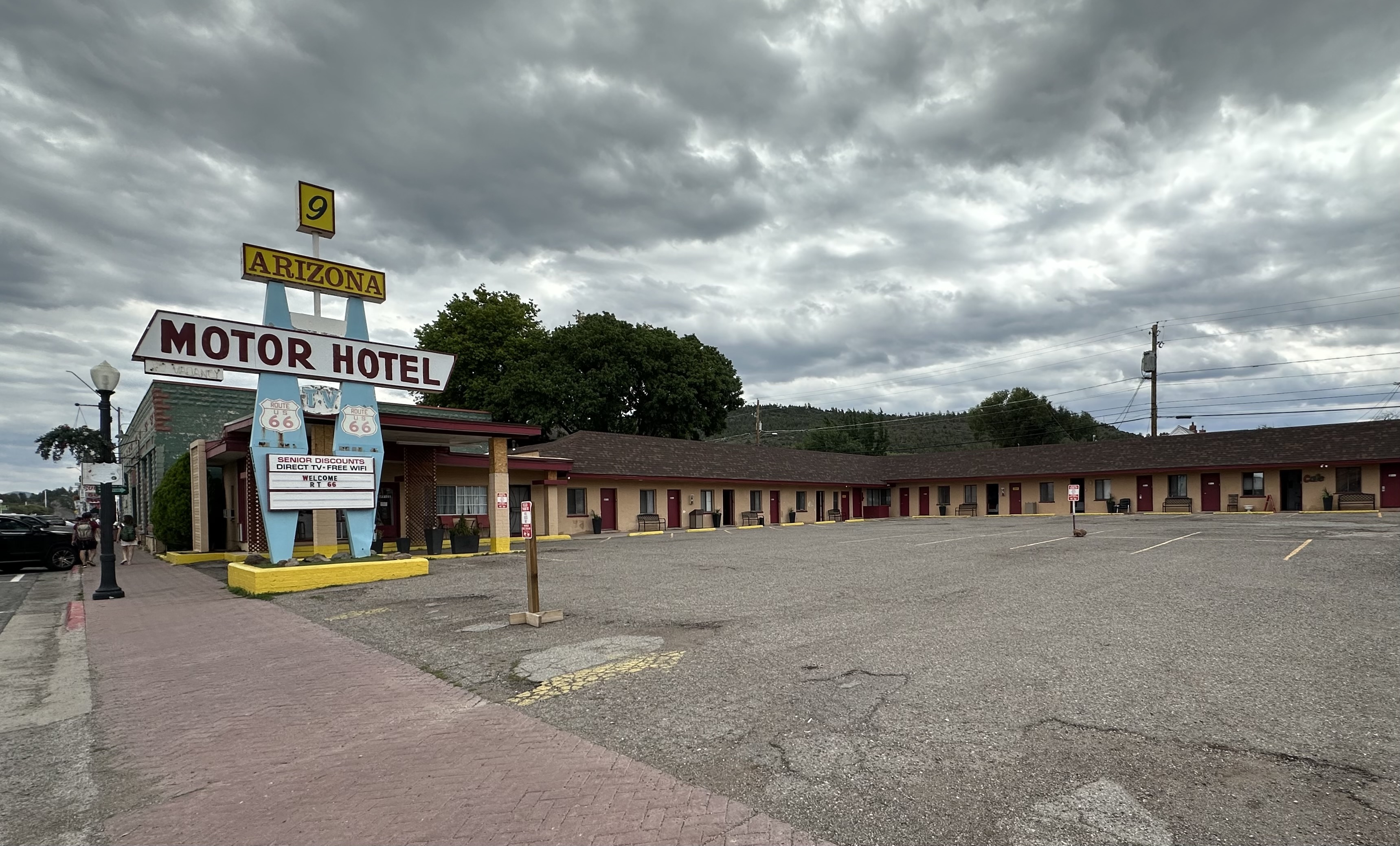
Arizona Motor Hotel in Williams, Arizona
Williams was the last Arizona berg on 66 to be bypassed by the interstate highway system in 1984. A quarter century ago Williams, like Radiator Springs, was slowly being reclaimed by the wilderness. Buildings sat vacant and unpainted, rusty signs squeaked on unoiled chain links, protesting forlornly against the desert wind, the world whizzing by half a mile away on the new I-40, headed somewhere else. The town was part of a bygone era when the journey was more than just a necessity of getting there. That era was gone.
And then Cars came out, a feature-length cartoon movie that reminded Americans of a past they didn’t know they missed, in voices everyone knew and loved. Owen Wilson, Bonnie Hunt, Cheech Marin, Tony Shalhoub, Michael Keaton, and John Ratzenberger from Cheers, not to mention the king, Richard Petty himself. It turned out to be the last movie for Paul Newman and George Carlin, and also the largest grossing film for both.
And traffic started to trickle south off I-40 onto the old Route 66 again, into the middle of nowhere, to see Seligman and Williams, out there among the tumbleweeds, off the beaten path. There wasn’t a whole lot to see at the time, but that was really the story of Cars, anyway. The movie was a reminder that the heart of America isn’t in New York or LA, but along the arteries and capillaries that once enabled us to become a nation of entrepreneurs. Before Walmart and Love’s and chain hotels there were mom and pop restaurants, gas stations, and grocery stores across the country, where the lady running the register and the old guy sweeping the floor owned the place. They smiled and said hello when a customer came in, and acted like they needed the business, because they did. And when people realized THAT America was still out there somewhere, they wanted to see it.
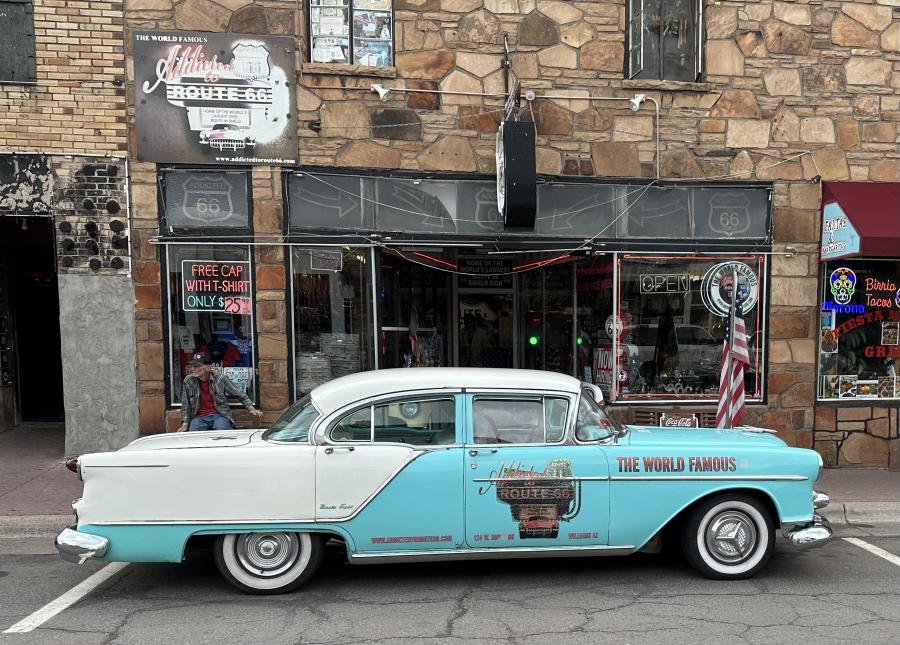
A 1950s Chevrolet in Williams, Arizona
But although Cars helped a lot, it was Covid that put Seligman and Williams back on the map and back on our travel itineraries. Flying somewhere for a vacation was already a pain, but with the added hassle of masks and vaccine requirements and all it just wasn’t worth the trouble. Many of us reverted to our car camping days of the post-WWII era, and Route 66 was right there where it had always been, waiting for us to remember it and come back. And we did.
Leaving the cities and skyscrapers behind and visiting those small, out-of-the-way towns of the past is like deciding to abandon the microwave and cook supper over a campfire. It helps us appreciate where we came from, and reminds us of how we got where we are. Route 66, and the almost forgotten people who are keeping its spirit alive, are the chicken soup of the road . . .
Kendal Hemphill is an outdoor humor columnist who has a great story about a guy in Williams for next week. Write to him at [email protected]
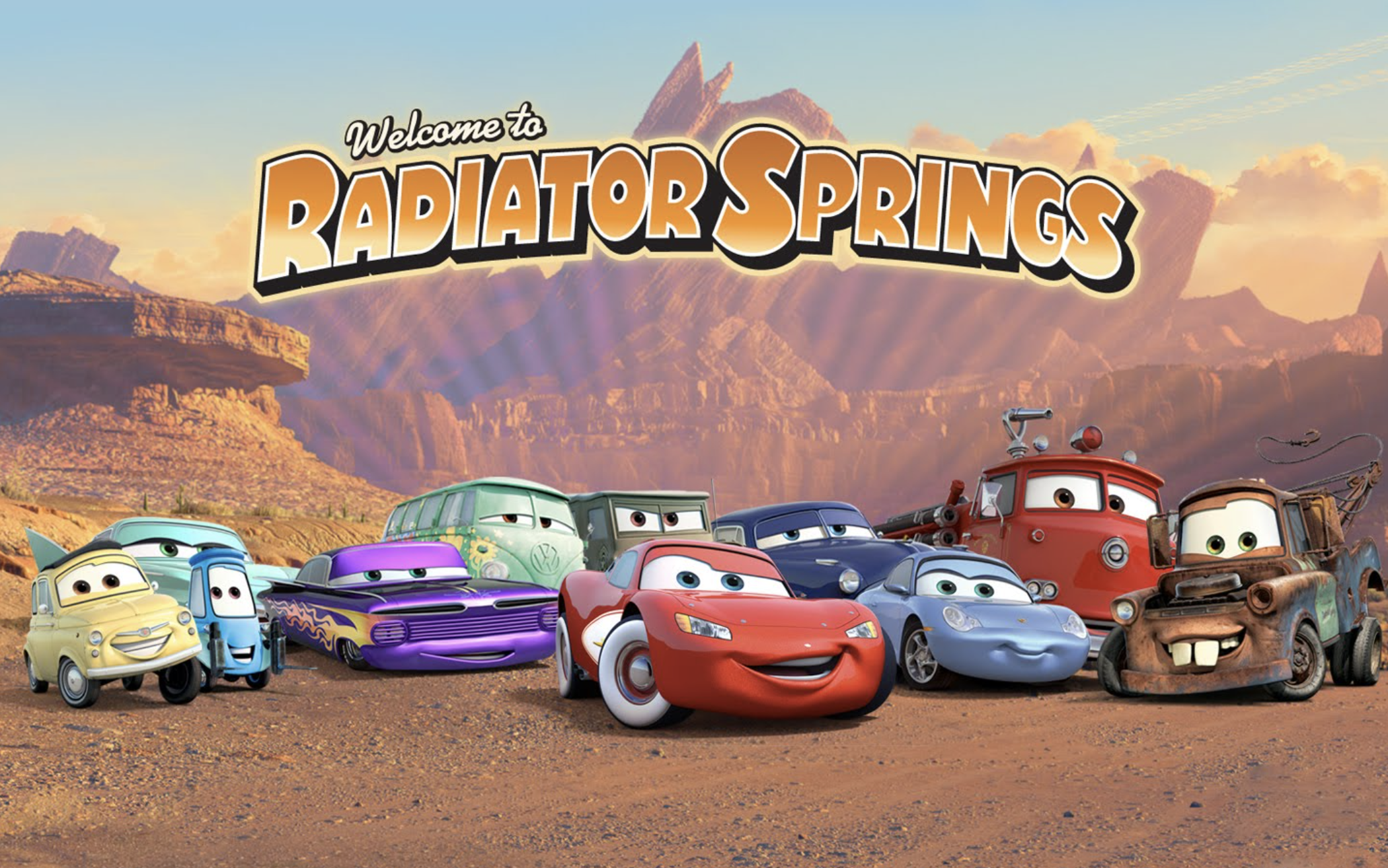
Welcome to Radiator Springs
Subscribe to the LIVE! Daily
Required


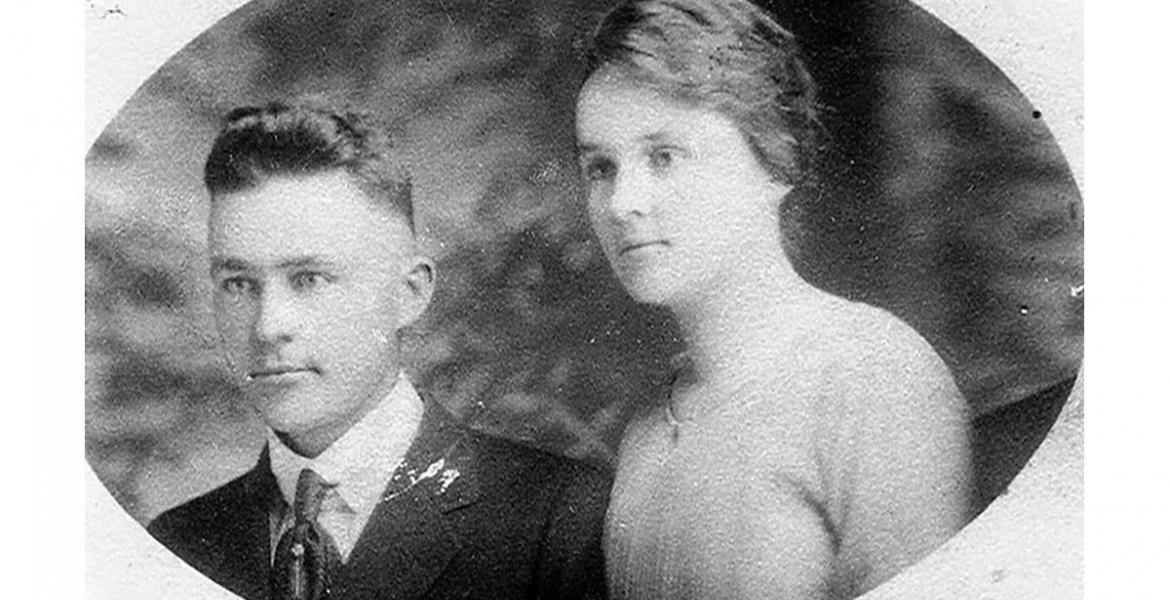
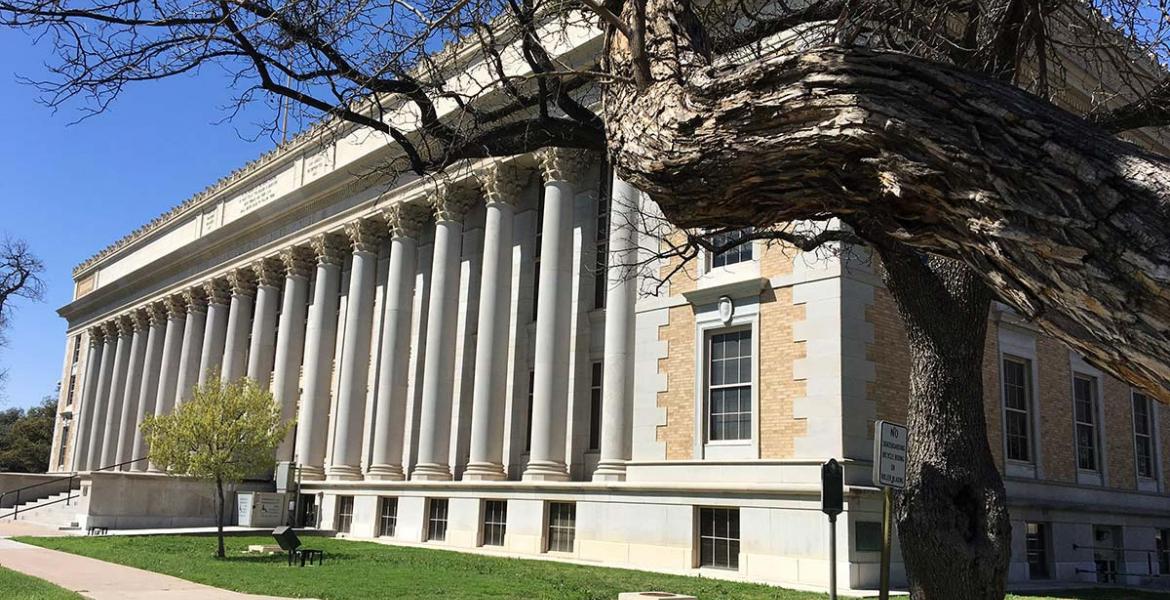

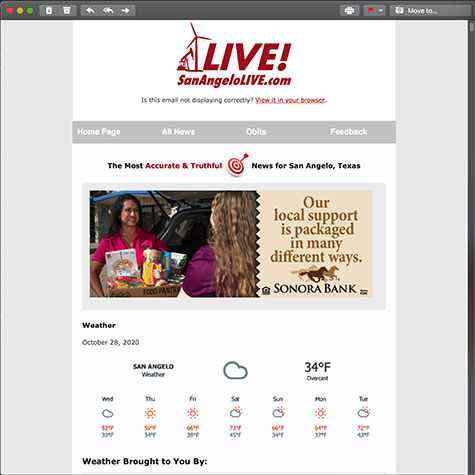
Post a comment to this article here: